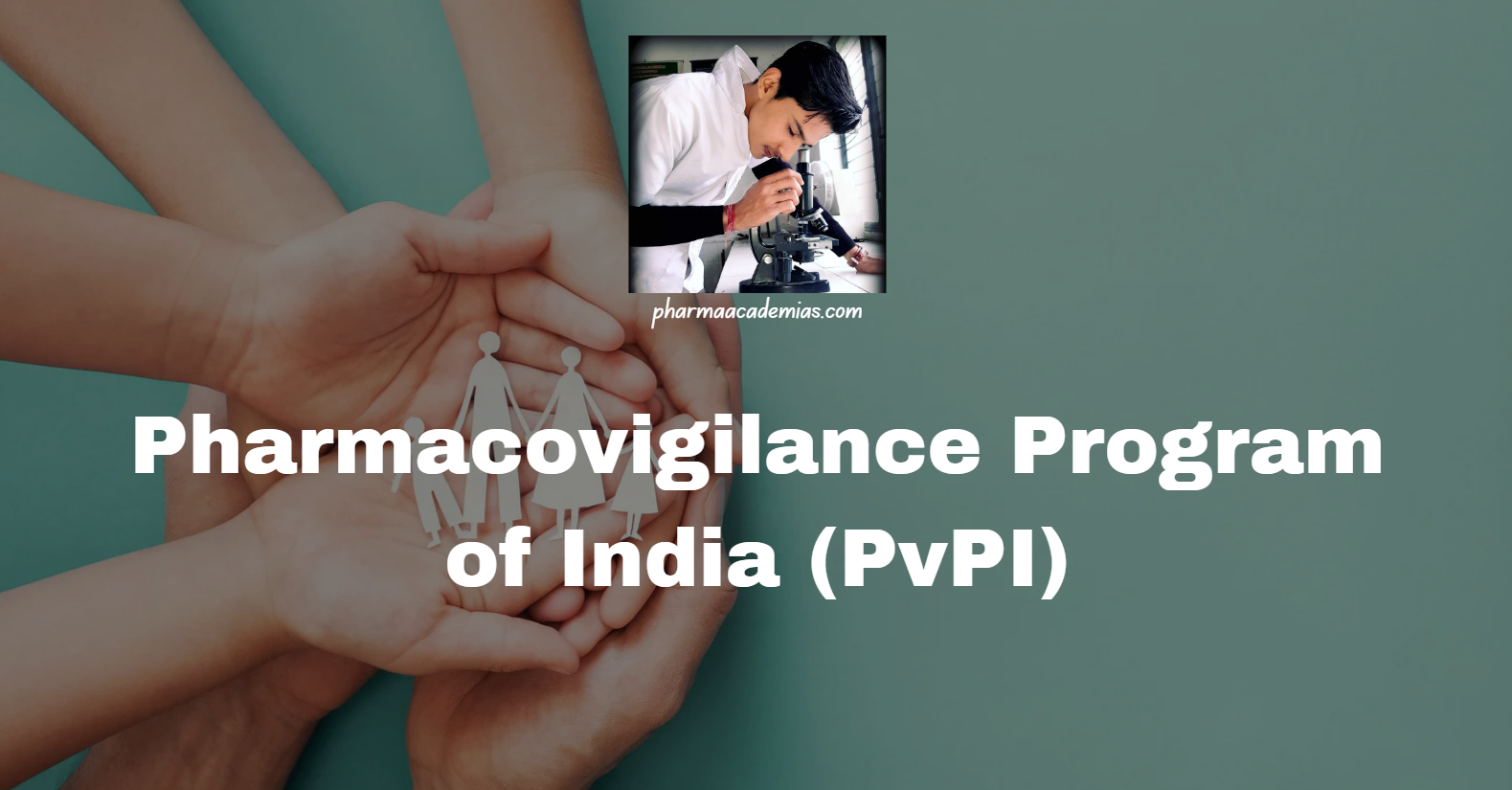Severity and Seriousness Assessment in Adverse Drug Reactions (ADRs)
Severity and Seriousness Assessment Severity and Seriousness Assessment: Severity and seriousness are two critical but distinct concepts in the evaluation of adverse drug reactions (ADRs). Both are essential for determining the appropriate response to an ADR, such as continuing or discontinuing treatment, reporting to regulatory authorities, and managing patient outcomes. 1. Severity of Adverse Drug … Read more










